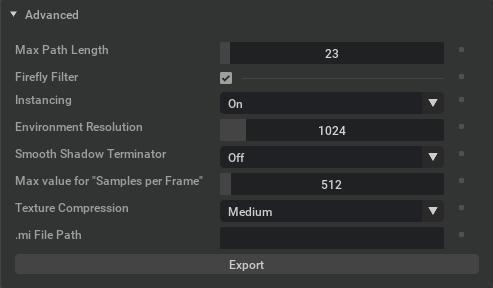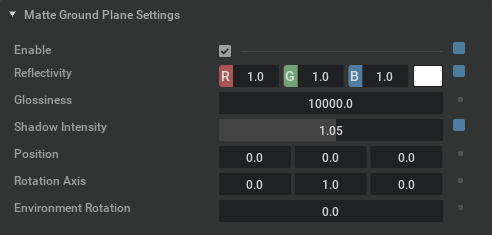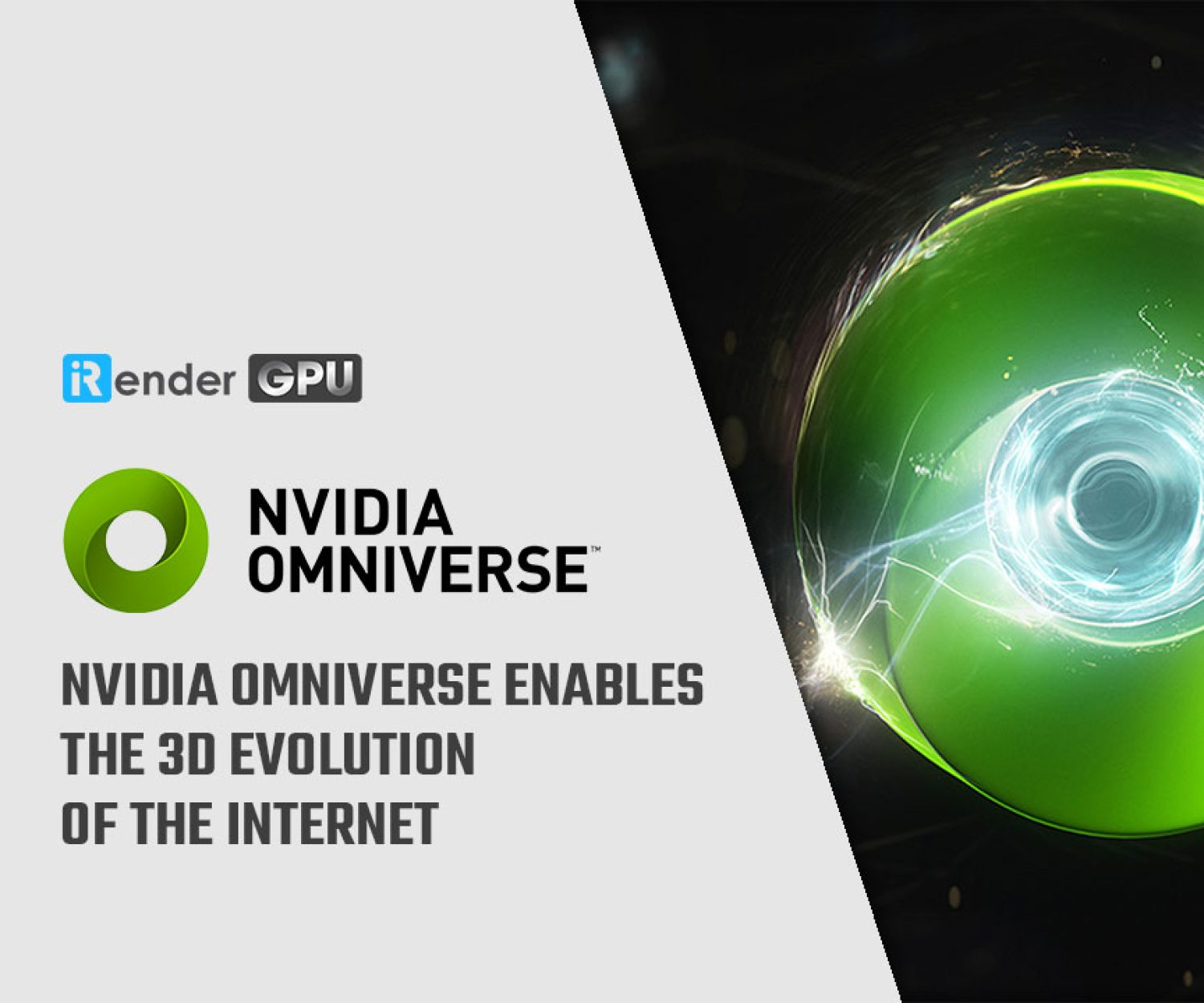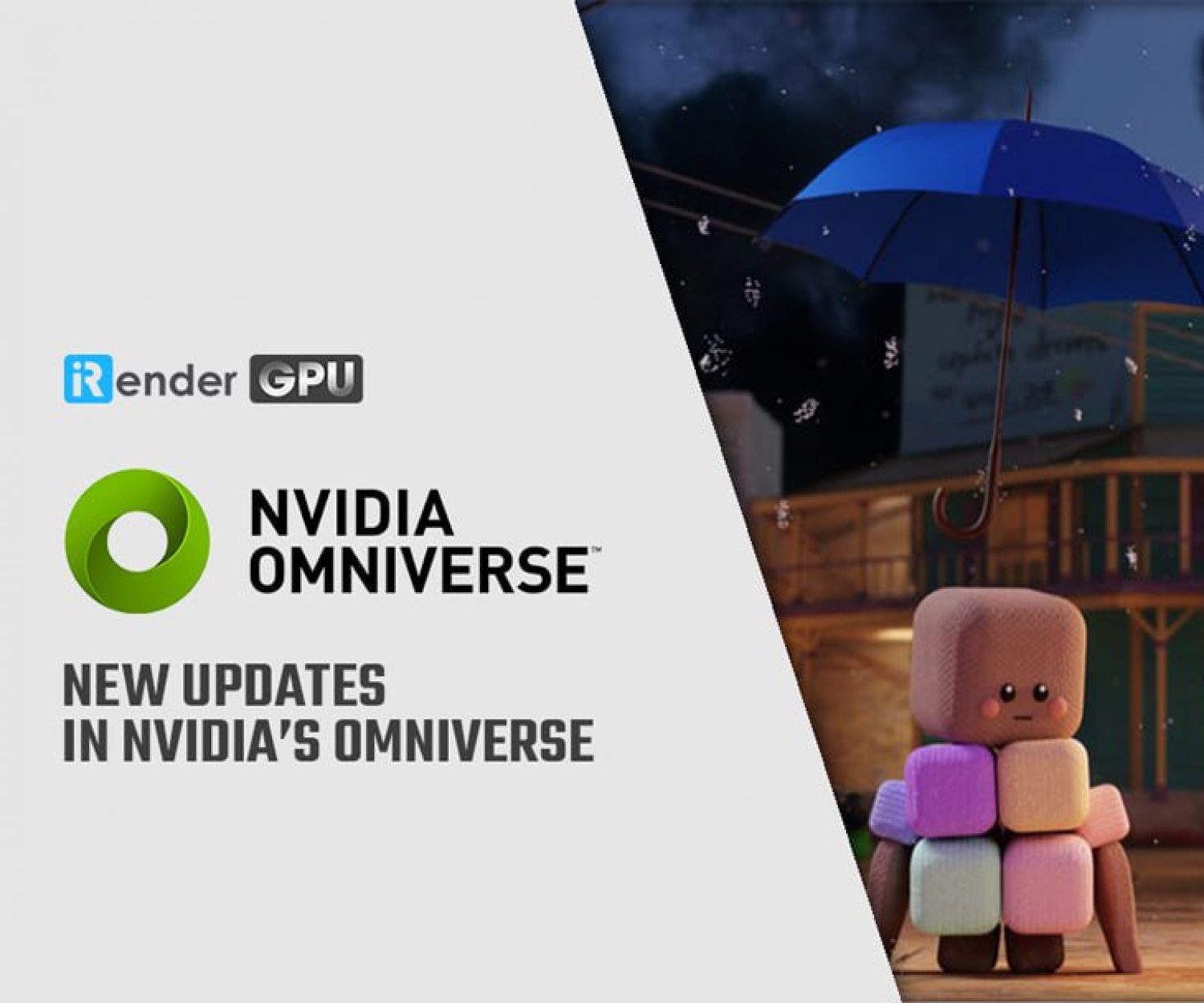Let’s simplify Iray Render Settings with iRender
Reference this article from the Nvidia documents. iRender team with you will explore step by step to setting Iray Render on your pc. Let’s start!
Overview Iray Render
As you know, NVIDIA Iray Server is a software solution that provides distributed Iray rendering across networked machines.
NVIDIA Iray Render is a push-button, physically based rendering technology that generates photorealistic imagery for interactive and batch rendering workflows. Moreover, Iray is used to create predictive imagery if you grant a renderer more time to cut fewer corners.
Furthermore, Iray is using the same MDL material description as our RTX renderers but uses some proprietary structures, so please give it a little bit of time for a startup when you switch to this renderer.
Device Settings
|
Setting |
Effect |
| CPU Enabled | Uses the CPU in addition to GPUs to contribute to the rendering. |
| GPU# | Depending on the number of GPUs listed in this section the user can switch on/off a GPU. |
Scheduler Settings
| Scheduler Mode | Selects the scheduler mode.
Interactive Mode updates the Viewport more frequently to enhance interactivity. Final Frame Mode updates are less frequent to decrease render time for large animations. |
| Samples Limit | Sets the number of iterations to generate the final image.
The more iterations are chosen – the less noise will remain. A value of -1 indicates that the rendering goes on forever until a scene operation triggers a restart of the rendering. |
| Quality Limit Enabled | Only available in “Final Frame” mode. The system tries to figure out when the quality is good enough and no
artifacts are visible anymore. This can lead to varying render times, depending on the complexity of the scene for a single frame and especially for animation rendering. |
| Quality Limit | The value for the Quality that one wants to achieve. |
| Samples per Frame | Instead of displaying every iteration (sample) immediately, Iray calculates additional iterations and then displays the result.
This enhances the quality at the cost of longer render times. |
Render Settings
| Setting | Effect |
| Canvas | Selects the output buffer aka AOV (Arbitrary output variables). Some of them use Lightpath expressions and if they do, light path expression (LPE) is displayed and can be edited.
Iray renders these buffers in parallel: Beauty: The final rendering you normally want to see Diffuse: An LPE that displays the diffuse contribution Specular: An LPE that displays the specular contribution Glossy: An LPE that displays the glossy contribution Emission: An LPE that displays emission values Custom LPE: Employ your own LPEs. Learn More Alpha: The alpha channel of the rendered scene Irradiance: Displays the light intensity |
| Denoiser | Adds the AI-based Denoiser to the post-processing pipeline, producing noise-free images faster. |
| Caustic Sample | Adds a more precise way to calculate light effects in refractions and reflections.
Use to increase quality in translucent materials or complex material and lighting conditions. |
| Light Visible in Primary Rays | Adds the visibility of lights other than emissive geometry. Options are:
Per-Light Enable: Defined in each light respectively. Force Enable: Enabled for all lights regardless of light settings. Force Disable: Disabled for all lights regardless of light settings. |
Spectral Rendering
| Setting | Effect |
| Spectral Rendering | Switches on spectral rendering
Only used if the pipeline is based on spectral input or when using thin-film/dispersion materials, but in general, also does not cost much if the scene is reasonably complex. The spectral definition will be required for light sources and materials to yield quality results. When enabled, additional settings (below) will become available. |
| Conversion Color Space | For the conversion of color data to spectra, the rendering core needs to know the
color space the data is defined in. Supported color spaces are: CIE XYZ (xyz) Rec.709/linear sRGB (rec709) Rec.2020 (rec 2020) ACES2065-1 (aces) ACEScg (access) Note: This option also comes into play when spectral data is used without spectral rendering enabled. In these cases, it defines the conversion of spectra to colors to be used for rendering. |
| Conversion Intent | If color data is used in spectral rendering it needs to be converted to spectral data.
This conversion is ambiguous in the sense that for a given color there typically are infinitely many spectra that yield that color (metamers). Fundamentally, the conversion in Iray Photoreal is driven by the goal of yielding smooth spectra with some flexibility to steer the details for reflection colors. Natural: Smoothness is preferred over reflectivity. As input colors approach the edge of the gamut, the intensity of the resulting spectrum necessarily decreases. Consequently, highly reflective saturated colors may render darker when spectral rendering is enabled. Faithful: Sacrifice some smoothness to yield greater compatibility with color rendering Note: This option only has an effect if “Conversion Color Space” is “rec709”. For other spaces, the behavior is similar to “natural”. |
| Color Matching | By default, the photometric rendering mode uses the CIE 1931 2 degrees standard observer as color matching
functions. Setting this option to cie1964, the color matching functions can be changed to the CIE 1964 10-degree standard observer. |
Matte Ground Plane Settings
| Setting | Effect |
| Enable | Switches on the Matte ground plane that allows for adding an invisible shadow catcher plane and/or reflection plane. If switched on the parameters (below) are exposed. |
| Reflectivity | Enter a value from 0 to 1 into the RGB field to control how reflective the plane is. |
| Glossiness | Controls the glossiness/roughness of the ground plane. |
| Shadow Intensity | Move the slider or enter a value to control the intensity of the shadow being cast on the fake ground plane. |
| Position | Let you enter the position of the “fake” ground plane. |
| Rotation Axis | Grants rotational control of the “fake” ground plane. |
| Environmental Rotation | Drives the orientation of the environment. |
Advanced
| Setting | Effect |
| Enable | Limits the number of light path bounces.
The default is 23, but this value can be lowered to speed up rendering performance at the price of correctness of the scene. |
| Firefly Filter | Compensates very bright pixels (fireflies) that appear often in path-traced renders. Disable if going for physically correct rendering and enable the caustic sampler instead. |
| Instancing | Configures the use of the RTX BVH acceleration structures.
off: Increases render speed at the price of memory and slower preprocessing/interactive performance (very scene dependent though). on: Better interactivity when moving objects and memory saving with instanced objects auto: Let the system automatically choose the “best” setting. |
| Environment Resolution | Environment dome baking resolution/quality. |
| Smooth Shadow Terminator | Reduces facets/artifacts present in coarsely tessellated geometry |
| Max value for “Samples per frame” | Drives the max value for the setting in the Sampler Settings. We limited this to avoid a non responsive system. |
| Texture compression | Allows compression to save system memory. Higher compression saves more memory at the cost of quality. Medium quality is recommended for most scenes. |
Speed up rendering with iRender server for Iray Render
With iRender service, it’s easier to build Iray server on it. iRender is a GPU-Acceleration Cloud Rendering Service for Multi-GPU Rendering. We provide plenty of powerful and top-of-the-line hardware because we always try to upgrade configurations regularly: 2x/4x/6x RTX 3090 and AMD Ryzen Threadripper Pro 3955WX @ 3.90GHz/Intel Xeon W-2245 @ 3.90GHz.
To use iRender service takes a few steps: create an image, boot a system, and connect to our remote servers and take full control of our machines. Do not share the performance of configuration with others while you use it. Easier to start using our service by watching the video below:
It’s time for you to REGISTER and explore the best service that you have never had before. Contact Candace – Customer Support Associate at iRender – via Whatsapp: +84 0394000881 or Email: [email protected] to get a free coupon for trial.
Source: nvidia.com
Related Posts
The latest creative news from Redshift Cloud Rendering, Nvidia Iray Cloud Rendering , Octane Cloud Rendering, 3D VFX Plugins & Cloud Rendering.











